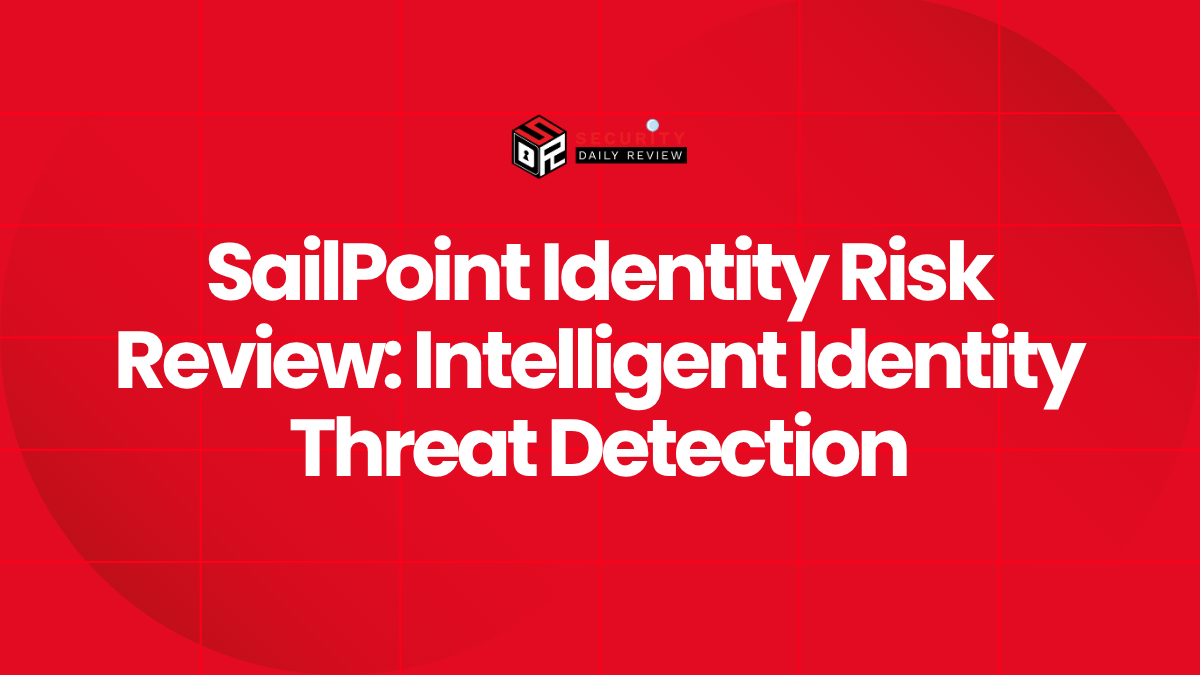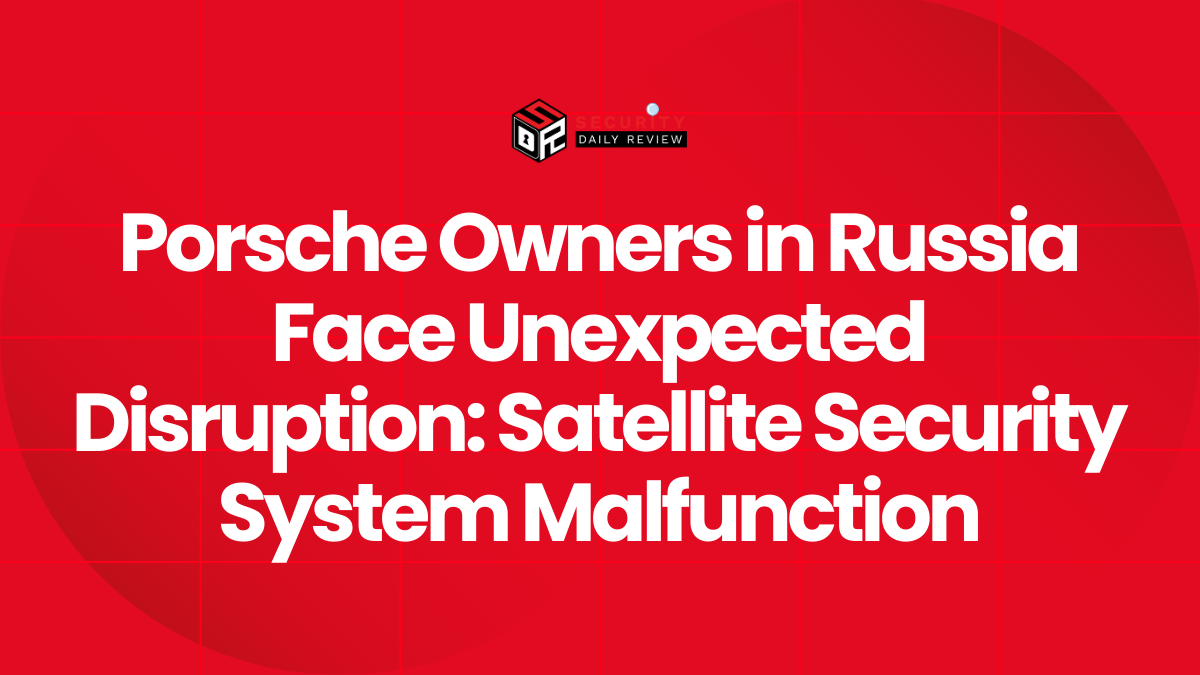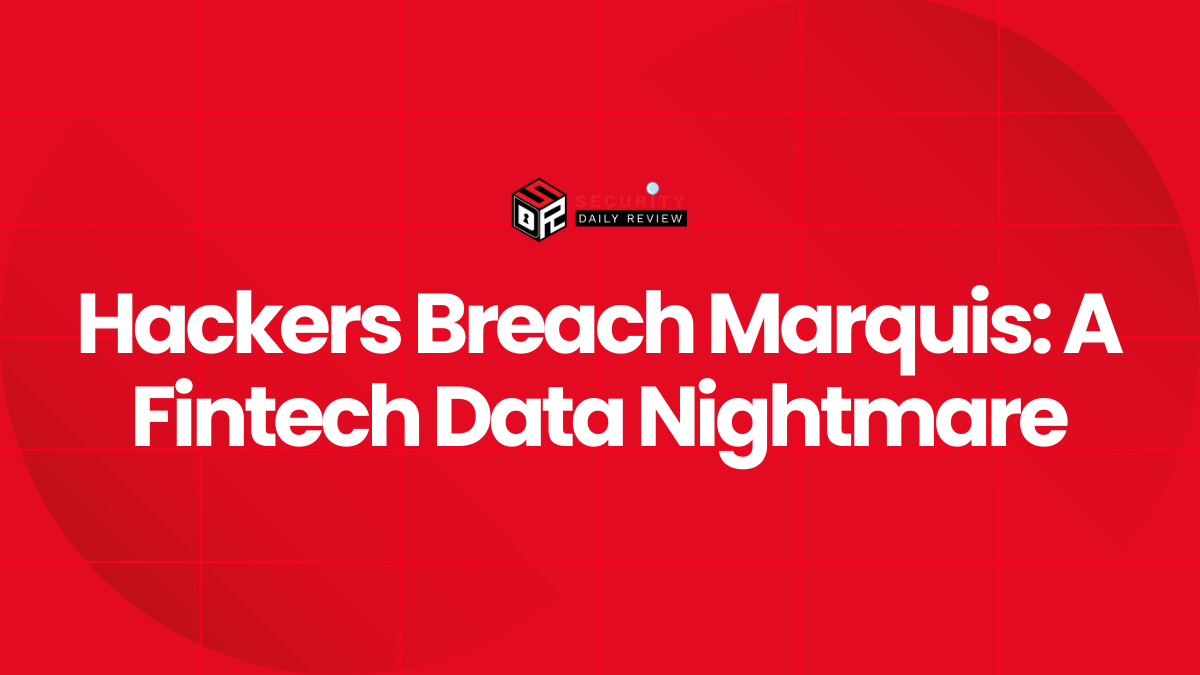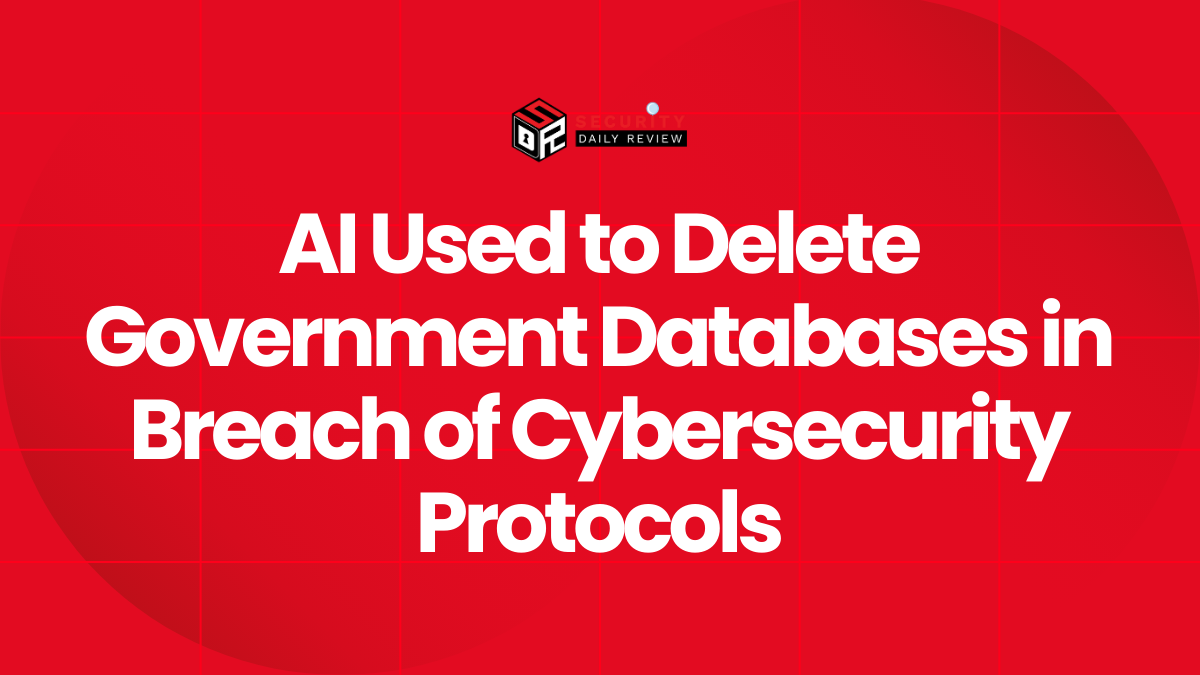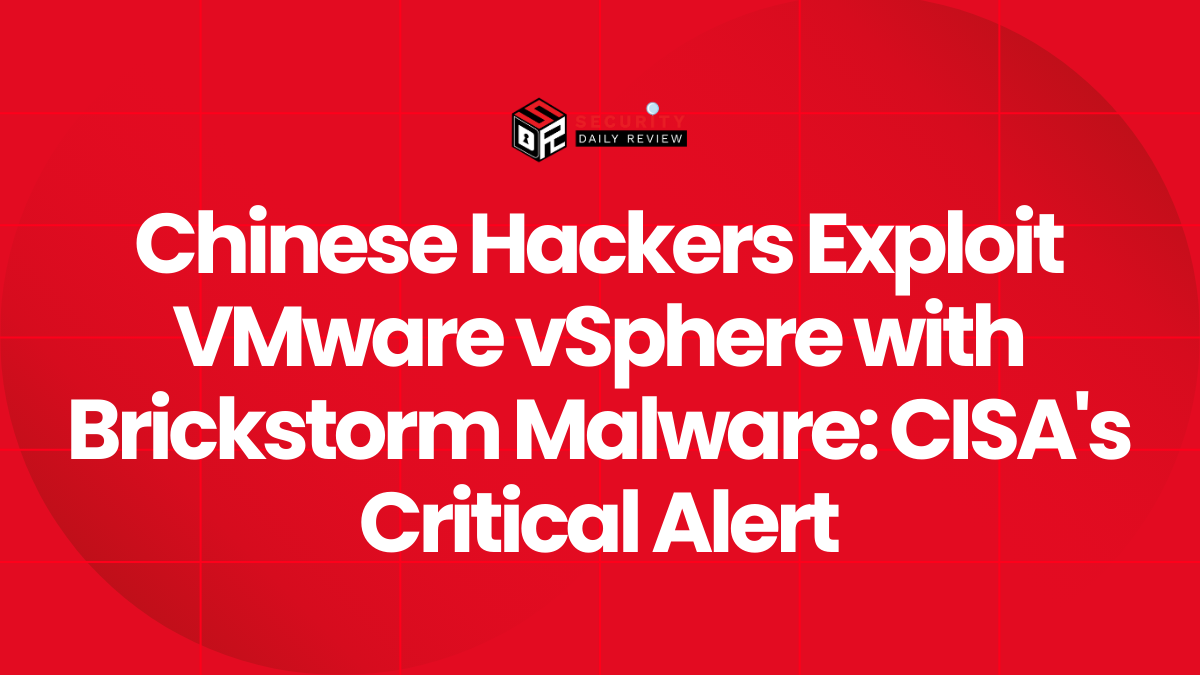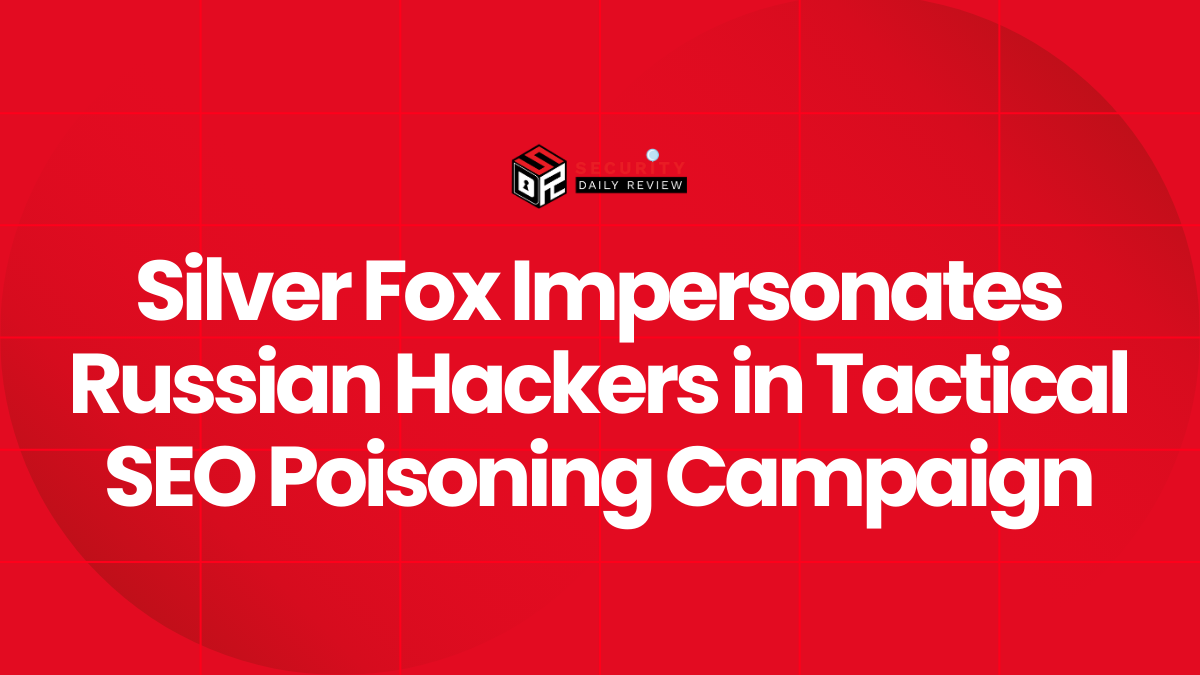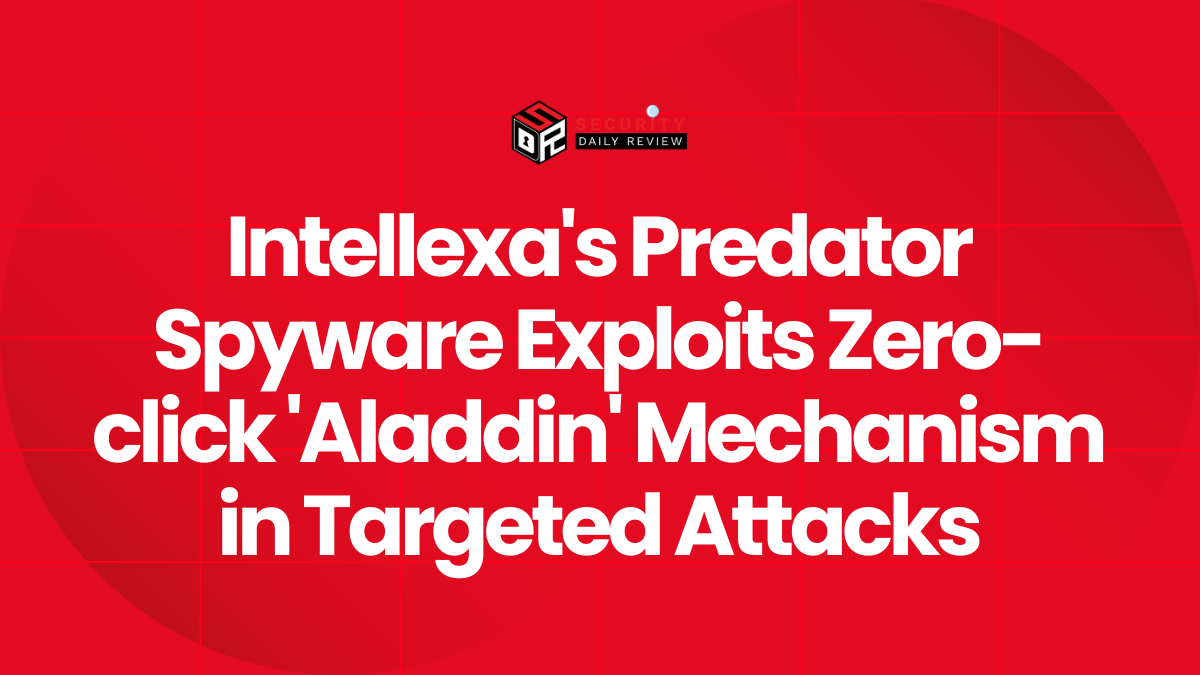SailPoint Identity Risk is a strong solution for enterprises demanding deeper visibility into identity risk across human and machine accounts. It combines access intelligence, behavioral analytics, session-level context, and risk-based policies into a unified platform. Security leaders who already use identity governance and want to extend into identity-threat detection will appreciate its capabilities. Some implementation complexity and cost considerations apply for large, hybrid environments.
What SailPoint Identity Risk is
SailPoint Identity Risk is a module within the broader SailPoint identity security ecosystem aimed at exposing, analysing, and responding to identity-based risks in real time. Unlike tools that only manage identities or govern access, this product emphasises risk and threat detection: it monitors identity sessions (both human and machine), visualises access patterns, calculates risk scores for identities, and enables policy-based response. It integrates identity governance, behavioral analytics and security operations to help organisations treat identity as a strategic security control rather than simply an administrative task.
Who Should Use SailPoint Identity Risk
This solution is well suited for:
- Large or mid-size enterprises with expansive identity estates including on-premises directories, cloud identity providers, service accounts, and machine identities.
- CISOs, security operations leaders and identity governance teams who are under pressure from regulatory, compliance or audit demands and need to demonstrate secure identity access controls and risk reduction.
- Organisations shifting toward a zero-trust model where continuous identity evaluation (who, what, when, where) is critical.
- Security teams seeking to bridge the gap between identity governance and active threat detection (i.e., detecting compromised credentials, anomalous identity behaviour, privilege misuse).
Smaller organisations with limited identity complexity may find the breadth of features more than required or may face higher overhead for deployment and tuning.
SailPoint Identity Risk Detailed Feature Breakdown
Identity Access Intelligence & Visualisation
One of the key capabilities of SailPoint Identity Risk is its ability to visualise identity landscapes: mapping who has what access, which identities are human vs machine, where privileges are concentrated, and showing how access is used. This visibility enables teams to see not just static rights but how identities interact with systems and data over time. Access intelligence helps identify stale or unused accounts, misaligned entitlements, over-privileged identities, and orphaned credentials.
Session-Level Behavioural Risk Monitoring
Going beyond access rights, the product monitors sessions and user behaviour in real time. It analyses identity actions—such as unusual logins, privilege escalations, machine account activity outside expected patterns—and uses machine learning to flag deviations from normal behaviour. This helps detect identity compromise or insider threats earlier in the kill chain.
Machine and Non-Human Identity Coverage
Modern identity security must cover more than just human users. SailPoint Identity Risk includes support for machine identities, service accounts, API keys, automation credentials and other non-human identities. It applies risk scoring and behavioural analytics to these entities as well, enabling organisations to see hidden risk in what are often overlooked identity types.
Risk-Based Policy Engine & Automated Workflows
The solution provides a policy engine where organisations can define risk thresholds and response actions: for example, if an identity’s risk score exceeds a threshold, trigger multifactor authentication, disable access, or notify a reviewer. Automated workflows help remediate risky identities, enforce least privilege, and reduce manual effort in response.
Dashboards, Reporting & Executive Visibility
For CISOs and governance teams, SailPoint Identity Risk offers dashboards that track identity-risk metrics over time: number of high-risk identities, reduction in excess privileges, remediation actions taken, and anomalies detected. These insights help translate identity security into business reporting and support audit and compliance needs.
Hybrid Environment and Cloud Integration
The product is designed for hybrid environments. It integrates with on-premises directories, cloud identity providers, SaaS applications, and integrates with broader security operations platforms (SIEM, SOAR). This means identity-based events and risk insights can feed into enterprise threat detection workflows.
Security and Compliance Advantages
By providing detailed identity-risk visibility and behavioural detection, SailPoint Identity Risk helps organisations enforce an identity-centric security strategy: reducing privilege creep, detecting compromised credentials earlier, and improving compliance with audit frameworks. Because identity is a frequent attack vector, having a tool focused on identity risk strengthens the organisation’s security posture, supports zero-trust initiatives, and provides traceability for compliance reviews.
Pros and Cons of SailPoint Identity Risk
Pros:
- Strong visibility into both human and machine identities, entitlements and behaviour
- Session-level analytics help detect identity threats that purely governance-focused tools may miss
- Risk-based policy engine and workflow automation enable proactive response
- Executive-quality dashboards and metrics support CISO reporting and decision-making
- Hybrid and cloud identity support ensure modern identity environments are covered
Cons:
- Implementation and tuning can be complex in large or legacy identity estates (many systems, hybrid domains)
- Cost and licensing may be high, especially when covering machine identities, service accounts, and broad integrations
- Some organisations report that advanced features (e.g., AI-driven risk scoring) require maturity and professional services to derive full benefit
- Because the focus is identity-risk rather than full threat containment, organisations with broader threat surfaces (endpoints, network, applications) may need complementary tools
SailPoint Identity Risk Pricing & Licensing Expectations
SailPoint Identity Risk is licensed as part of the broader identity security portfolio, with pricing determined by number of identities (human & machine), connected systems, modules enabled, and deployment scope. Organisations should evaluate not only licence cost but also expected gains in identity-risk reduction, reduced audit findings, improved remediation speed and operational savings.
Deployment Considerations for SailPoint Identity Risk
To get the most value from SailPoint Identity Risk:
- Ensure comprehensive identity source discovery and integration (on-prem directories, cloud identity providers, service/non-human identities) so the visibility foundation is complete.
- Define risk-scoring criteria and policy workflows early: which identities are high risk, what actions trigger remediation, how to escalate.
- Establish behavioural baselines: monitor identity actions over time so deviation detection is meaningful and fewer false positives occur.
- Integrate identity-risk insights with existing security operations, SIEM or SOAR, so identity risk becomes part of incident detection and response lifecycle.
- Plan resourcing for initial tuning of analytics, policy workflows and remediation playbooks — success depends on quality of implementation and ongoing maintenance.
Final Recommendation
SailPoint Identity Risk represents a mature and forward-looking identity-risk management platform that helps enterprises shift from reactive access governance to proactive identity threat detection. For CISOs and security leaders who view identity as a strategic security domain, and who face hybrid identity environments, machine identities, and regulatory pressures, this tool delivers strong value. While complexity and cost are considerations, the payoff in improved visibility, reduced identity-based threats, and stronger compliance alignment makes it a compelling choice for identity-centric security strategy.

